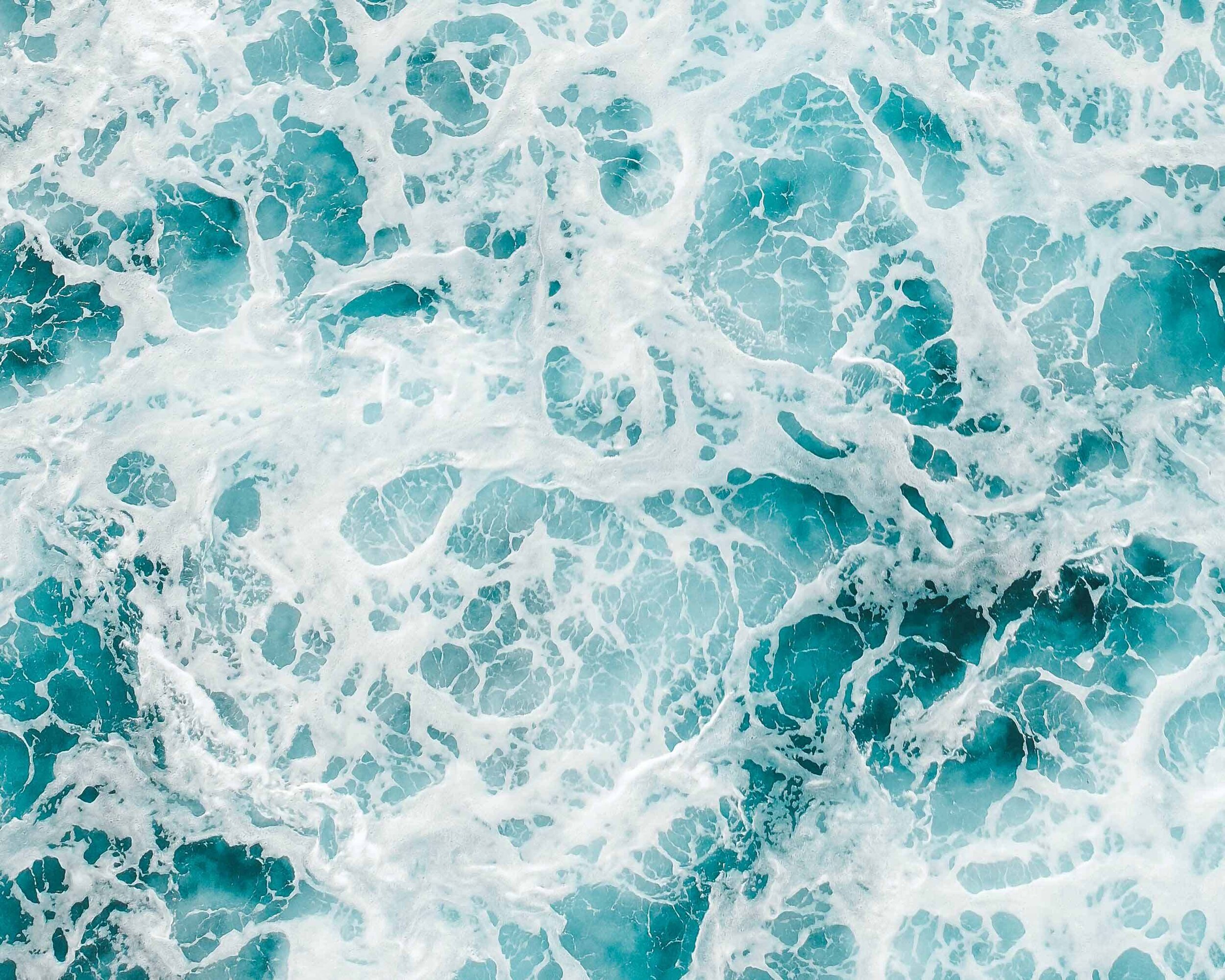Stopping invasive pests.
The movement of containers and their cargoes can facilitate the introduction and spread of invasive pests to communities around the world, posing a serious risk to agriculture, forestry and natural resources. Container flows are complex and involve multiple border crossings, multiple modes of transport and handovers of control between actors.
Manufacturers, exporters, packers, freight forwarders, inland logistics providers, warehouse storage providers, ocean carriers, importers, and regulators - everyone in the supply chain must work together to stop the transfer of pests.
The best way to prevent pests contamination is to keep cargo and containers clean.
All parties in the supply chain - from manufacturers to exporters, packers, freight forwarders, inland logistics providers, warehouse storage providers, ocean carriers, and importers - must take responsibility for maintaining cargo and containers clean when in their care. This Guide provides easy-to-use best practices to help us all keep containers and their cargoes clean, reducing the risk of pest contamination and transfer.
The 2024 update provides further detail on the concept of custodial responsibility – the checks and measures that each party in the supply chain should undertake when the container is in their custody, as well as the requirement for the receiving party to inform the tenderer if the container or its cargo has any visible pest contamination. Read more about custodial responsibilities under the IPPC’s CPM Recommendations paper.
A safe international supply chain relies on everyone taking responsibility for the integrity and cleanliness of the container when in their care.
The revised Unified Container Inspection & Repair Criteria (UCIRC) published by BIC, ICS and WSC now includes inspection criteria for container depots and other container handover facilities to address pest contamination on and in containers. The document outlines special provisions to inspect for pest contamination at container depots as well as at all other interchange points, helping all parties fulfil their custodial responsibilities.
Every year, 250 million containers are transported across the world with food, clothes, electronics and other goods we all need. While crucial for the smooth functioning of the global supply chain, containers and their cargoes can also harbour and transfer contaminating pests. All parties in the international container supply chain have a custodial responsibility to make sure cargo and containers are clean when they arrive and when they leave their care. If we all live up to these standards, containers will reach their destination faster and our agriculture, forestry and natural resources are protected.
An invasive species is an organism that causes ecological or economic harm in a new environment where it is not native.
The cargo transported in the ship’s hold or in containers can transfer invasive species. Winged insects such as the Flighted Spongy Moth and the Brown Marmorated Stinkbug are seasonal threats, and national regulations mandate treatment by shippers and inspection regimes to prevent their transfer. Being at the frontline of this issue, the industry is working with shippers, packers and freight forwarders in establishing and sharing best practice when it comes to prevention, inspection, cleaning and treatment of goods and containers.
The IMO/ILO/UNECE have issued a Code of Practice for Packing of Cargo Transport Units – better known as the CTU Code. In addition, the container industry (WSC, COA, ICHCA and IICL) has developed joint industry guidelines for the cleaning of containers, to minimize the movement of pests by sea containers and their cargoes. Read more about the CTU Code here under Safety.
As shipping transports goods from one continent to another, protecting against the transfer of invasive species via ballast water or hull fouling is another important part of operations.
Hull fouling may transfer aquatic species, and it also creates drag which increases fuel consumption and hence emissions and cost for the carrier. For all these reasons, large commercial carriers invest in effective hull coatings, monitoring vessels closely to make sure they are cleaned or re-painted when needed.
The World Shipping Council has been actively involved in the development of IMO and national regulations for managing ballast water discharges and system approval criteria to ensure effective technologies for eliminating invasive species.
Working together to stop invasive species





